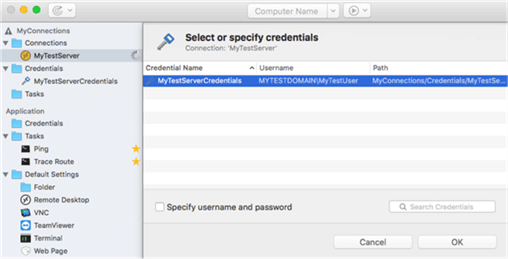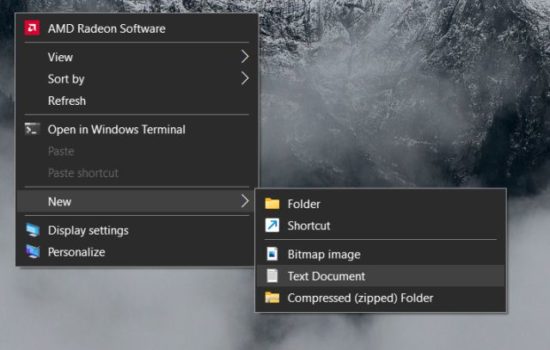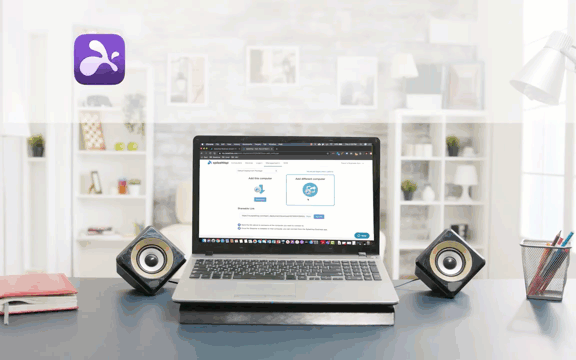

Look through the Optional features menu for the OpenSSH Client entry.

In the Settings menu, select Apps > Apps & features > Optional features. To do this, right-click the Start menu and select Settings. If you want to use OpenSSH, you’ll need to first check that it’s enabled first. If you’d rather use built-in software, then use OpenSSH (via the Windows PowerShell) instead. If you’d prefer to use a graphical user interface (GUI) to create new SSH keys, PuTTY is the best option. You can use Windows to generate SSH keys using the built-in OpenSSH client or the popular, third-party PuTTY client. How to Use Windows to Generate SSH Keys # With the private key at their disposal, a rogue user will be able to establish a connection to your remote device without requiring any additional authentication. It’s also important not to share either your public or private key with others, but especially your private key (or the passphrase that may decrypt it). If you lose it, you may not be able to re-establish your remote connections. It’s important to save a copy of this key securely (for instance, using a password manager). The private key is then stored safely on your PC or Mac. You can generate new SSH keys on Windows, Mac, and Linux, then transfer the public key to the remote device. Public and private SSH keys are two parts of the same whole-without the private key, you can’t authenticate with the public key and establish a connection, and without the public key, the private key is useless. The private key is then used to authenticate with that remote device, allowing you to connect and use it without supplying a password. In most cases, the public key remains on the remote PC or server to encrypt the connection. SSH keys are created in pairs, with a private key and a public key that remain connected-one can’t be used without the other. SSH keys allow you to create secure connections to remote servers or PCs without using a password using the Secure Shell protocol. Here’s how to generate new SSH keys on Windows, Mac, and Linux computers. One way you can make your SSH connections even safer is to use SSH keys, which replaces potentially easy-to-crack passwords with a 617-digit encryption key. You can use SSH as a tunnel for other traffic, too, such as a secure VNC connection over SSH.

This creates an encrypted connection between you and the remote host, ensuring that the data being sent can’t be intercepted or monitored in any way. If you’re looking to connect remotely to a computer, one of the best and most secure methods is to use a Secure Shell (SSH) connection.


 0 kommentar(er)
0 kommentar(er)
